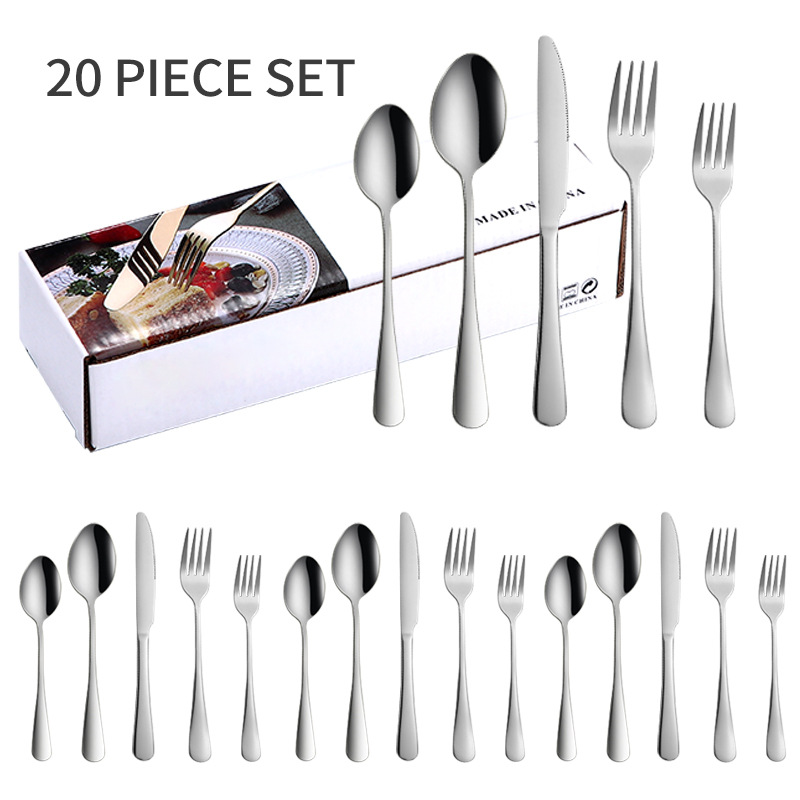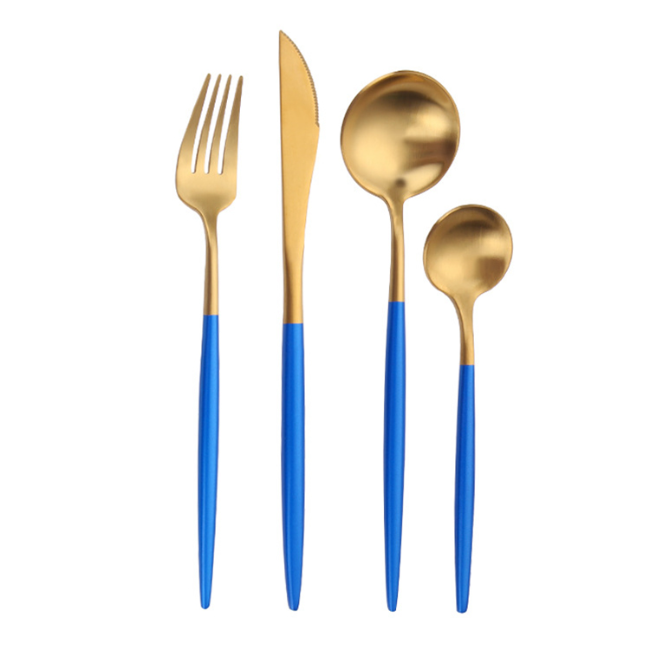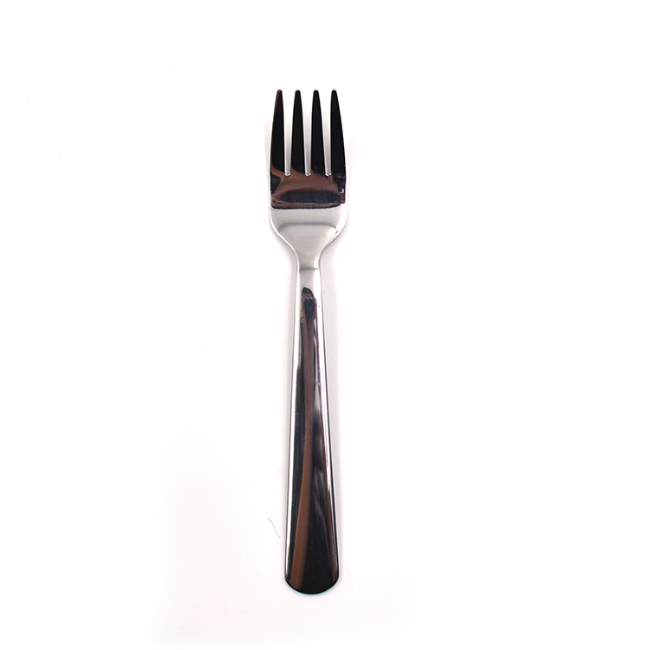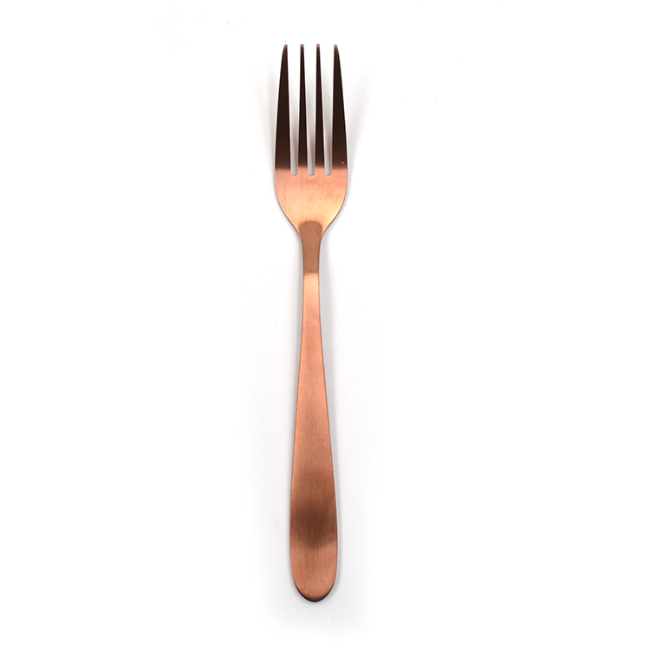
14 May
What Happens If You Put Cutlery in the Microwave
What Happens If You Put Cutlery in the M...
What Happens If You Put Cutlery in the Microwave
Putting cutlery in the microwave is a mistake many people have made, often unknowingly. The consequences can range from minor sparks to significant appliance damage or even fires. For manufacturers like Homefelt, understanding metal behavior is essential to producing safe, durable products for global kitchens.
Microwaves and Metal: Why It’s Dangerous
Microwaves function by agitating water molecules through electromagnetic radiation. Metal reflects these waves instead of absorbing them, causing interference and sparks. Items like black cutlery Australia or polished forks can cause arcing if their edges or tips are exposed in the microwave.
Why Some Say It's Safe—But It's Not
There are exceptions where certain rounded or thick-edged metal utensils may not cause immediate harm. However, this does not mean it is safe. Even if no sparks appear, energy reflection can damage the internal components of the microwave. Homefelt recommends strict non-use of all metal utensils in microwave environments.
Plastic or Silicone Alternatives
Modern dining often involves microwave-safe alternatives. Brands sell heat-resistant silicone, bamboo, or compostable options. Products like baby cutlery Ireland offer microwave-safe feeding tools. Homefelt also produces BPA-free plastic and silicone cutlery lines to meet the safety demands of schools, restaurants, and eco-conscious customers.
Consequences of Mistaken Use
If metal cutlery is used in a microwave, the damage could extend beyond the item. Scorch marks, burning odors, or broken turntables are common results. Long-term exposure could render the microwave unsafe. It’s best to use products explicitly labeled as microwave-safe, and Homefelt clearly indicates this across product lines.
Material Engineering Matters
Not all metals behave the same. Items with mixed materials—like atlanta cutlery corp souvenir pieces—could have decorative elements like gold or enamel that behave unpredictably. Homefelt engineers its cutlery to perform reliably under normal dining conditions, avoiding microwave use altogether.
Alternatives and Solutions
Opt for microwave-safe packaging and utensils. Products from Homefelt include full sets designed for institutional dining, often featuring heat-tolerant materials in coordinated packaging. Their teams work closely with clients to develop safe, stylish, and regulatory-compliant dining tools.
Conclusion
Putting metal cutlery in a microwave is always a risk. Whether it causes sparks or silent damage, the result is never worth it. As a leading manufacturer, Homefelt promotes safe dining by offering microwave-compatible alternatives and continuing innovation in stainless steel production for all other environments.





